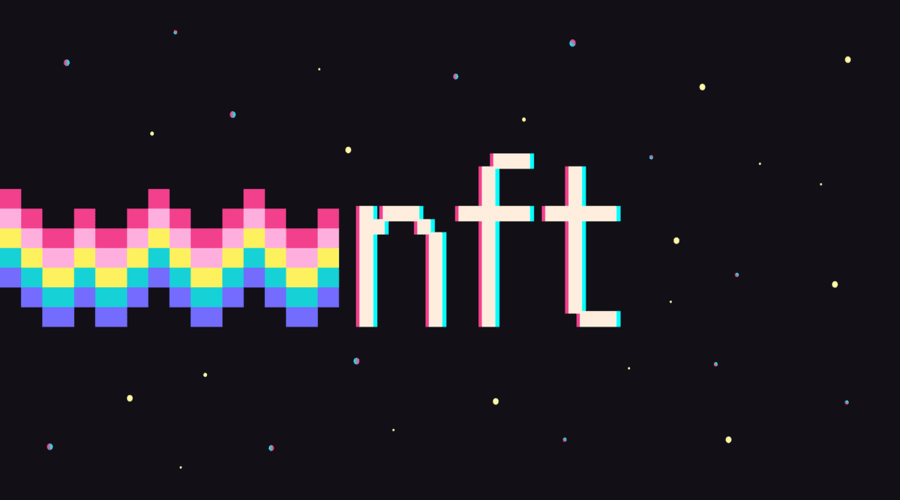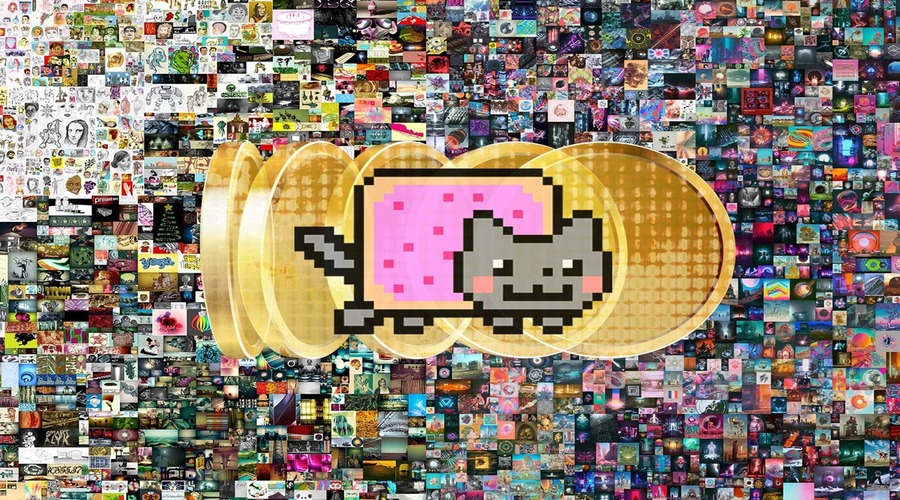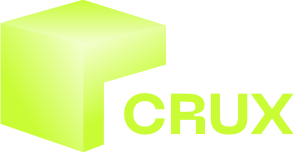
NFTs and Digital Art in Scientific Visualization and Data Representation
- Cary
- June 23, 2023
- NFT
- data, Digital art, NFT
- 0 Comments
Scientific visualization and data representation are essential tools in various fields, including astronomy, physics, biology, and geology. These disciplines rely on the visual exploration and communication of complex data sets to gain insights and convey information effectively. In recent years, the emergence of non-fungible tokens (NFTs) and the growing interest in digital art have opened up new possibilities for enhancing scientific visualization and data representation. This blog post explores the intersection of NFTs and digital art in scientific visualization and discusses their potential benefits and challenges.
Understanding NFTs
To comprehend the impact of NFTs on scientific visualization, it is crucial to understand what NFTs are and how they function. NFTs are unique digital assets that are recorded on a blockchain, providing verifiable proof of ownership and authenticity. Unlike cryptocurrencies like Bitcoin or Ethereum, which are fungible, NFTs are distinct and cannot be exchanged on a one-to-one basis. The blockchain technology behind NFTs ensures transparency, security, and immutability.
Digital Art in Scientific Visualization
Scientific visualization has traditionally relied on techniques such as 3D modeling, animation, and data mapping to represent complex scientific concepts and datasets. With the advent of digital art, scientists and researchers can now leverage innovative techniques to create visually stunning and immersive visualizations. Digital artists can employ their creativity and expertise to bring scientific data to life, making it more engaging and accessible to a broader audience.
Digital art has emerged as a powerful tool in scientific visualization, transforming the way complex data is represented and understood. By combining artistic creativity with scientific concepts, digital artists can bring scientific data to life in visually captivating and immersive ways. Through techniques such as 3D modeling, animation, and data mapping, digital art enables researchers and scientists to communicate their findings effectively to a wide range of audiences, including experts and the general public.
Digital art in scientific visualization enhances engagement and comprehension by providing interactive and dynamic representations of scientific phenomena. It allows viewers to explore and interact with visualizations, gaining a deeper understanding of intricate concepts. Moreover, digital art techniques enable the visualization of large datasets, making it easier to identify patterns, anomalies, and trends.
As technology continues to advance, digital art will play an increasingly significant role in scientific visualization, enabling scientists to convey their findings in visually striking and accessible ways. This integration of art and science empowers researchers to bridge the gap between complex data and public understanding, fostering a greater appreciation and interest in scientific discoveries.

Benefits of NFTs in Scientific Visualization
A. Establishing Ownership and Authenticity
One of the significant advantages of incorporating NFTs into scientific visualization is the ability to establish ownership and authenticity of digital assets. By minting a scientific visualization as an NFT, the creator can prove its originality and ownership, preventing unauthorized duplication or plagiarism. This feature is particularly crucial in the academic and research communities, where proper attribution and intellectual property protection are essential.
B. Monetization and Funding
NFTs offer new avenues for monetizing scientific visualizations and data representations. By minting and selling their work as NFTs, researchers and scientists can generate revenue to support their ongoing projects or fund future research endeavors. Additionally, NFT marketplaces provide an opportunity for collaborations between scientists and digital artists, leading to the creation of unique and valuable visualizations.
C. Preservation and Accessibility
Scientific discoveries and visualizations are often perishable, with data and interpretations evolving over time. By minting scientific visualizations as NFTs, researchers can ensure the long-term preservation and accessibility of their work. NFTs can serve as digital archives, allowing future generations to study and build upon previous scientific visualizations, fostering scientific progress and collaboration.
Challenges and Considerations
While the integration of NFTs and digital art into scientific visualization brings exciting possibilities, it also raises several challenges and considerations.
A. Environmental Impact
The environmental impact of blockchain technology, particularly the energy consumption associated with NFT transactions, has been a subject of concern. As the popularity of NFTs grows, it is crucial to explore sustainable alternatives or improvements in the underlying technology to minimize the carbon footprint.
B. Ethical Considerations
The ownership and commercialization of scientific visualizations through NFTs raise ethical questions. Scientists must consider the potential implications of monetizing their work and ensure that access to scientific knowledge remains equitable and inclusive.
C. Technical Integration
Integrating NFTs into existing scientific visualization workflows and tools may require technical expertise and infrastructure. Scientists and researchers need user-friendly platforms and frameworks that facilitate the creation, minting, and distribution of NFTs without compromising the integrity of their visualizations.
Future Outlook
The future of NFTs and digital art in scientific visualization holds tremendous potential. As blockchain technology continues to evolve, it is likely that more sustainable and efficient solutions will emerge. Collaborations between scientists, digital artists, and technologists will drive innovation and push the boundaries of visualizing complex scientific data.
- Increased Collaboration: The integration of NFTs and digital art in scientific visualization will foster collaborations between scientists, researchers, and digital artists. This interdisciplinary approach will lead to the creation of visually stunning and scientifically accurate visualizations.
- Enhanced Communication: NFTs and digital art have the potential to revolutionize the way scientific concepts are communicated to a broader audience. The use of engaging and immersive visualizations will make complex data more accessible and understandable to both experts and the general public.
- Technological Advancements: As blockchain technology and digital art tools continue to advance, we can expect more user-friendly platforms and frameworks specifically designed for scientific visualization. These advancements will streamline the process of creating, minting, and distributing NFTs, making it easier for scientists to incorporate them into their work.
- Augmented Reality and Virtual Reality: The future may see the integration of NFTs and digital art with augmented reality (AR) and virtual reality (VR) technologies. This combination will allow users to explore scientific visualizations in a more interactive and immersive manner, enhancing the overall learning experience.
- Research Funding and Support: The monetization potential of NFTs in scientific visualization opens up new avenues for research funding and support. Scientists can generate revenue through the sale of NFTs, which can be reinvested into ongoing projects or used to fund future research endeavors.
- Ethical Considerations and Regulation: As the use of NFTs in scientific visualization grows, there will be a need for ethical guidelines and regulations to ensure fair access, attribution, and protection of intellectual property. These considerations will help maintain the integrity and ethical use of NFTs in scientific visualization.
In summary, the future outlook for NFTs and digital art in scientific visualization is promising. With increased collaboration, enhanced communication, technological advancements, AR/VR integration, research funding opportunities, and ethical considerations, we can expect to see a revolution in how scientific data is visualized, understood, and shared.
Conclusion
The intersection of NFTs, digital art, and scientific visualization presents an exciting frontier for researchers and scientists. By leveraging the unique properties of NFTs, such as proven ownership, monetization opportunities, and long-term preservation, scientists can enhance the impact and accessibility of their visualizations. However, careful consideration of ethical concerns, environmental sustainability, and technical integration is necessary to ensure that the integration of NFTs into scientific visualization is beneficial and aligned with the core principles of scientific progress and knowledge dissemination. With thoughtful exploration and collaboration, NFTs and digital art have the potential to revolutionize the way we explore and understand complex scientific concepts.
FAQs – NFTs and Digital Art in Scientific Visualization and Data Representation
- What is an NFT, and how does it relate to scientific visualization and data representation?
An NFT, or non-fungible token, is a unique digital asset recorded on a blockchain that certifies ownership and authenticity. In the context of scientific visualization and data representation, NFTs can be used to establish ownership of visualizations, prevent unauthorized duplication, and preserve scientific work for long-term accessibility.
- How can digital art enhance scientific visualization?
Digital art brings creativity and innovation to scientific visualization by leveraging techniques such as 3D modeling, animation, and data mapping. Digital artists can transform complex scientific data into visually stunning and immersive representations, making them more engaging and accessible to a broader audience.
- What are the benefits of using NFTs in scientific visualization?
There are several benefits to incorporating NFTs in scientific visualization. Firstly, NFTs enable the establishment of ownership and authenticity, ensuring proper attribution and intellectual property protection. Secondly, NFTs provide opportunities for monetization and funding, allowing researchers to generate revenue to support their work or fund future research. Lastly, NFTs facilitate the preservation and accessibility of scientific visualizations, serving as digital archives for future study and collaboration.
- What are some challenges associated with NFTs and digital art in scientific visualization?
There are a few challenges to consider. Firstly, the environmental impact of blockchain technology and NFT transactions raises concerns about sustainability and energy consumption. Secondly, ethical considerations arise regarding the ownership and commercialization of scientific visualizations, emphasizing the need for equitable access to scientific knowledge. Lastly, technical integration may require expertise and infrastructure to seamlessly incorporate NFTs into existing scientific visualization workflows and tools.
- How might the future of NFTs and digital art in scientific visualization unfold?
The future of NFTs and digital art in scientific visualization holds great potential. Continued advancements in blockchain technology may lead to more sustainable and efficient solutions. Collaborations between scientists, digital artists, and technologists will drive innovation, resulting in enhanced visualizations and improved accessibility to complex scientific concepts. However, careful consideration of ethical concerns, environmental sustainability, and technical integration will be crucial for ensuring the positive impact of NFTs in scientific visualization.


